Date: 23 November 2015
The event organized by Bernard Hehlen, the chairman of ICG technical committee TC26 on “Vibrations and glass structure”, benefitted from the financial support of the ICG and from the excellent organization and infrastructures at the one week PNCS meeting, led by A.Cormack and M. Wightman.
This symposium was motivated by the desire to identify the major experimental and computational advances for accessing physical and chemical properties of glasses using modern vibrational data analyses. Eight experts were invited and provided lectures reviewing their activity. Three talks were presented in the morning and five in the afternoon. Each lecture lasted 30 minutes and was followed by 10 minutes of questions. The audience was open to all of the participants at the PNCS congress. The scientific level was very high, and the lecturers made a significant didactic effort to be understood by non-experts and also to offer experts their own understanding and interpretation of deep scientific issues. This stimulated many discussions during the extended time slots allotted for discussions.
Anne Tanguy from the University of Lyon (France) and Simona Ispas from the University of Montpellier (France) presented recent advances in numerical simulations, from the aspect of classical and first principle calculations respectively. They highlighted the tremendous progress in the calculation of vibrational spectra during recent years. In particular, the technique is now sufficiently mature to calculate the Raman spectra of numerical glasses. Technical improvements combining for example classical and quantum mechanics formalisms have also been developed to minimize the calculation times (or conversely to increase the number of atoms in the models). These new advances open the possibility of a quantitative description of the experimental spectra of oxide glasses whose interpretation remained until now largely phenomenological and qualitative.
Liping Huang from the Rensselaer Polytechnic Institute in Troy (USA) and Silvia Caponi from the Istituto Officina dei Materiali in Perugia (Italy) presented experimental results using homemade spectrometers developed in her laboratory, where micro-Raman and micro-Brillouin spectra are recorded simultaneously. This combined spectroscopy provides local structural information and elastic properties in experimental studies involving non-reversible effects, such as for example glasses under pressure. Benoit Rufflé from the University of Montpellier (France) presented results obtained by high resolution, high pressure, and high temperature micro-Brillouin scattering. Bernard Hehlen also from the University of Montpellier (France) presented the specificities of Hyper-Raman scattering and time-domain Raman spectroscopy for the description of glass structures, and finally John Kieffer from the University of Michigan (USA) summarised the relations between complex mechanical modulus measured by Brillouin scattering in several glasses and the structural relaxations occurring during temperature or pressure cycles.
From the glass physics point of view, the session divided into two sub-subjects. Some of the speakers were investigating the elastic properties of glasses using Brillouin scattering, and their evolution upon temperature or pressure. Among the many subjects of discussion, it was pointed-out that different relaxation mechanisms compete in the GHz range, one of those is structural and can be modelled by a two-state equilibrium of the glass network. The idea was promoted long ago by J. Kieffer and was summarised in his lecture through a study of a series of glasses exhibiting variable fragility. High pressure-temperature experiments also revealed that glass density is probably not a good parameter to renormalize the glass structure, i.e. glasses with same density can exhibit very different structural configurations and therefore entropy states. The second main topic of interest concerned optical vibrations. The boson peak was mentioned in several talks. Numerical simulations and inelastic spectroscopies (Raman and Hyper-Raman) reveal that, underlying the boson peak, different types of mode exist, each participating in different frequency ranges. Also, the very first analyses of the structure of the Raman active vibrations (atomic displacements) using numerical calculations were shown in silica, soda-silica, and silica under pressure. The results reproduce rather well the experimental data (except perhaps for the defect lines in the case of classical calculations) and offer the very exciting prospect of rationalizing Raman spectra analysis in the forthcoming years.
List of invited lecturers (by order of appearance):
Bernard Hehlen , CNRS-University-Montpellier, France
Introduction
Optic Vibrations and Atomic structure of oxide glasses using Raman spectrosqcopy(ies)
Liping Huang, Rensselaer Polytechnic Institute-Troy, USA
In-Situ Brillouin and Raman light scattering study of glass under extreme conditions
Nikita S. Shcheblanov University of Missouri - Columbia, USA (absent, talk given by A. Tanguy)
The vibrational modes treatment and Raman analysis of vitreous silica upon mechanical loads
Benoit Rufflé, CNRS-Université Montpellier, France
From elastic properties to macroscopic physical properties of silicate glasses and melts
Simona Ispas, CNRS-Université Montpellier, France
Raman spectra of silica and binary sodo-silicate glasses from first principle calculations
Anne Tanguy, CNRS-University Lyon 1, France
A numerical investigation of the effect of mechanical load on vibration modes, and their Raman signature in silica glasses
Silvia Caponi, Istituto Officina dei Materiali of CNR, Perugia, Italy
Brillouin and Raman spectroscopies: powerful tools for the investigation of structural and vibrational properties in glasses
John Kieffer, University of Michigan, USA
Glass formation and the absence of thermo rheological simplicity



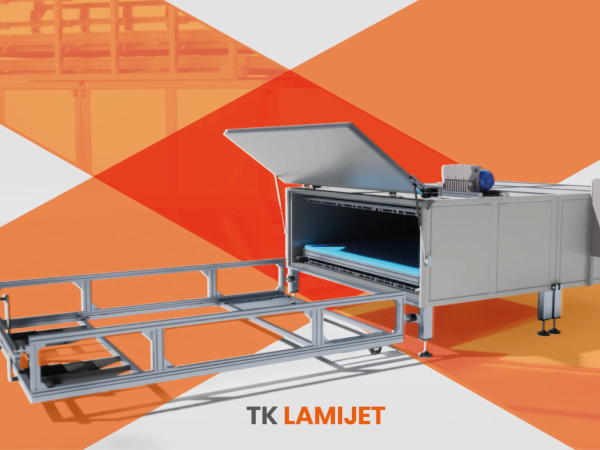
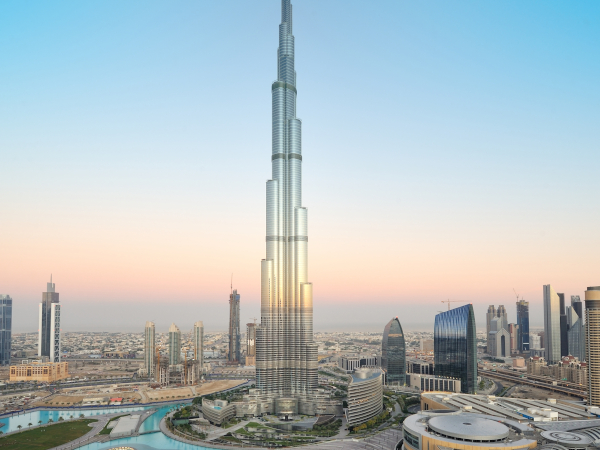
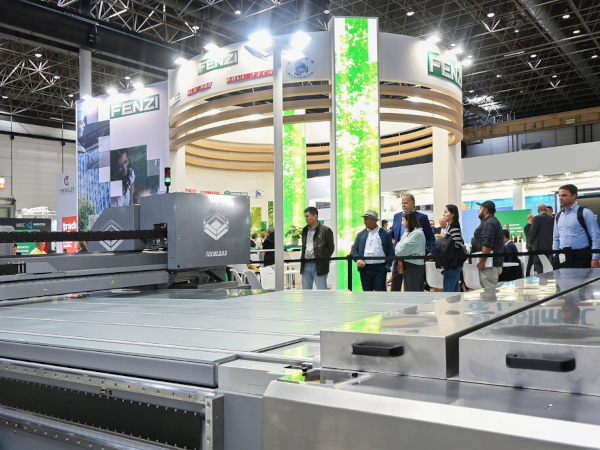
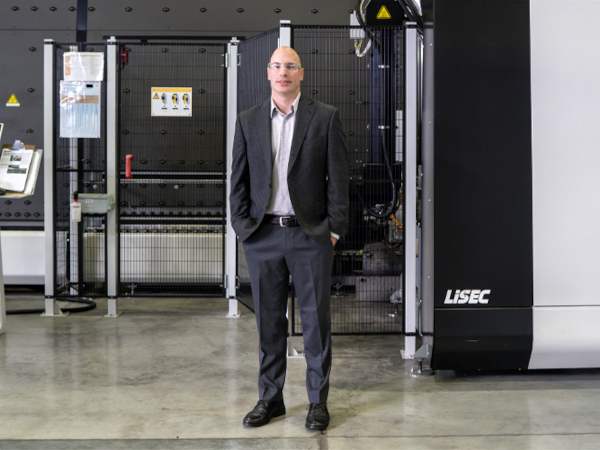

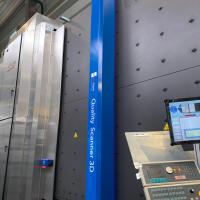
Add new comment